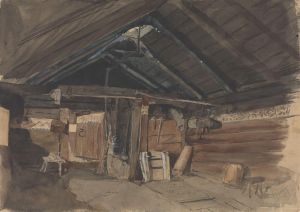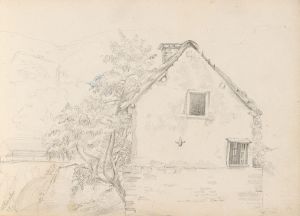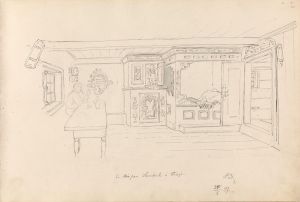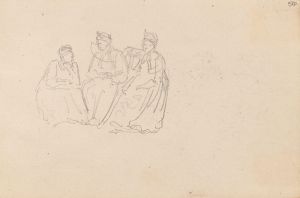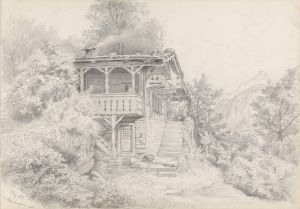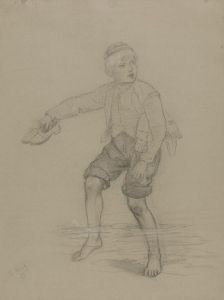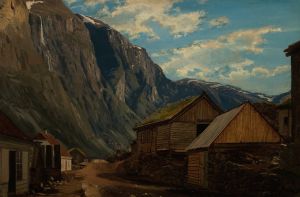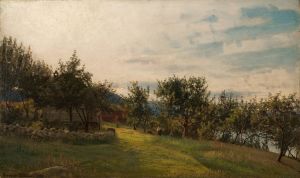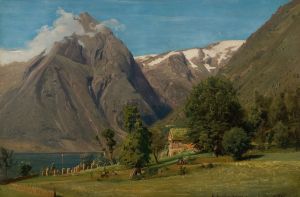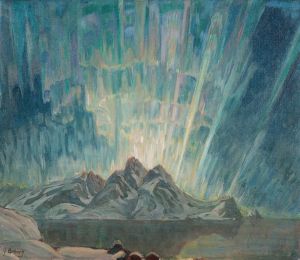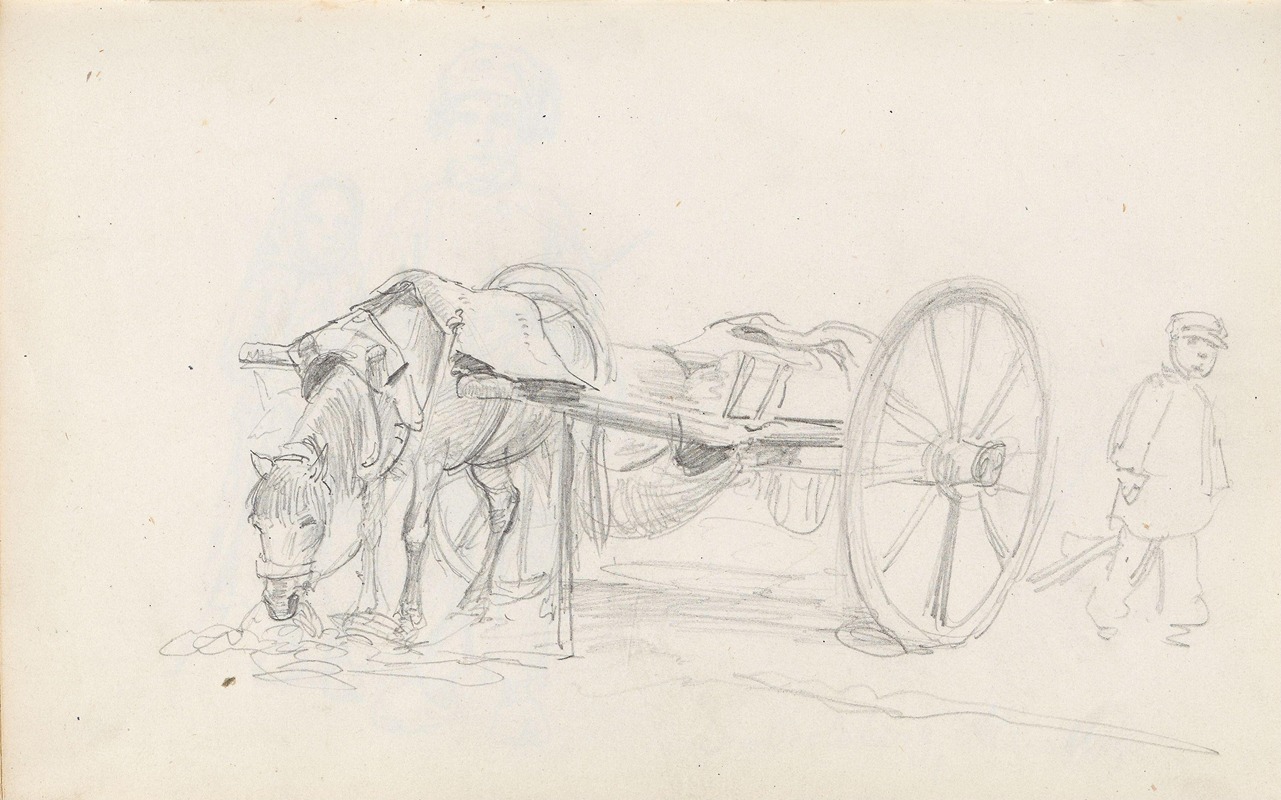
Boy by horse and cart
A hand-painted replica of Adolph Tidemand’s masterpiece Boy by horse and cart, meticulously crafted by professional artists to capture the true essence of the original. Each piece is created with museum-quality canvas and rare mineral pigments, carefully painted by experienced artists with delicate brushstrokes and rich, layered colors to perfectly recreate the texture of the original artwork. Unlike machine-printed reproductions, this hand-painted version brings the painting to life, infused with the artist’s emotions and skill in every stroke. Whether for personal collection or home decoration, it instantly elevates the artistic atmosphere of any space.
Adolph Tidemand was a prominent Norwegian painter in the 19th century, known for his detailed and realistic depictions of Norwegian folk life and traditions. His works often captured the essence of rural Norway, focusing on the everyday lives of its people, their customs, and their environment. Tidemand's paintings are celebrated for their ethnographic accuracy and their role in shaping Norwegian national identity during a period of growing nationalism.
"Boy by Horse and Cart" is one of Tidemand's lesser-known works, and there is limited information available about this specific painting. However, it is consistent with Tidemand's broader oeuvre, which frequently depicted scenes of rural life and the interaction between people and their surroundings. In many of his works, Tidemand sought to document and preserve the traditional ways of life that were rapidly changing due to modernization and industrialization.
Tidemand was born in Mandal, Norway, in 1814, and he studied art in Copenhagen and later in Düsseldorf, where he became associated with the Düsseldorf School of painting. This movement was characterized by its attention to detail, historical accuracy, and a focus on narrative scenes. Tidemand's education and experiences in Düsseldorf significantly influenced his artistic style, which combined romanticism with realism.
Throughout his career, Tidemand traveled extensively across Norway, gathering inspiration and material for his paintings. He was deeply interested in the cultural and social aspects of Norwegian life, and his works often reflect a deep respect and admiration for the country's rural communities. Tidemand's paintings are not just artistic expressions but also valuable historical records of 19th-century Norwegian society.
One of Tidemand's most famous works is "Haugianerne" (The Haugeans), which depicts a religious meeting of followers of Hans Nielsen Hauge, a lay preacher who played a significant role in Norway's religious history. This painting, like many others by Tidemand, showcases his ability to convey the emotional and cultural depth of his subjects.
While "Boy by Horse and Cart" may not be as widely recognized as some of Tidemand's other works, it likely shares the same attention to detail and cultural significance. The painting presumably depicts a scene involving a young boy and a horse-drawn cart, a common mode of transportation in rural Norway during Tidemand's time. Such scenes were typical in Tidemand's work, as they highlighted the simplicity and beauty of everyday life in the Norwegian countryside.
Adolph Tidemand's legacy is significant in the context of Norwegian art and cultural history. His paintings continue to be appreciated for their artistic merit and their role in documenting a pivotal era in Norway's development. Tidemand's work remains an important part of Norway's cultural heritage, offering insights into the lives and traditions of its people during the 19th century.






